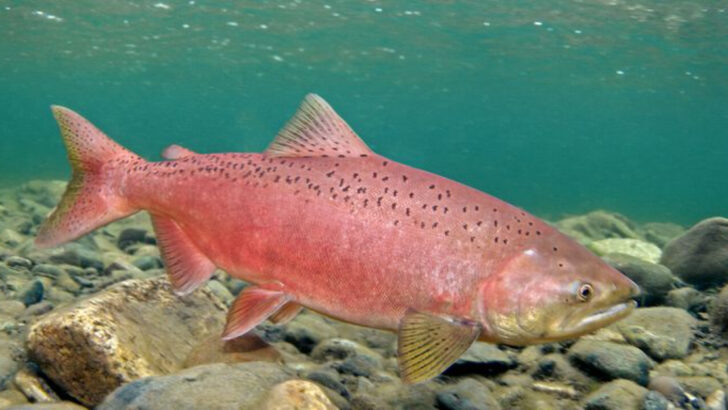America’s waters are buzzing with excitement! Some of our most beloved fish species are staging an epic comeback, defying the odds and proving that nature can heal when we give it a chance.
From the depths of rivers to coastal shores, these resilient fish are returning to waters where they’ve been absent for years—or even decades. It’s a victory for conservation, and these fish are showing us that hope is not lost.
The road to recovery hasn’t been easy, but with hard work, protection, and commitment, these species are reclaiming their place in the ecosystem. They’re more than just survivors—they’re thriving, and their comeback is nothing short of incredible.
Ready to celebrate the revival of some of America’s most fascinating fish? Let’s dive in and meet the 16 species making waves in our waters!
Atlantic Salmon
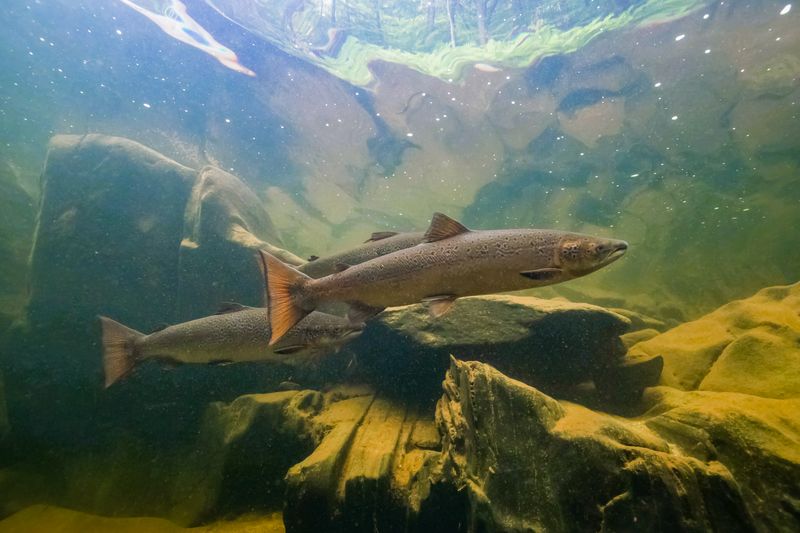
The Atlantic Salmon, once nearly wiped out, is making a striking return to rivers in the Northeast. Conservation efforts, including dam removal and improved water quality, have helped restore their natural habitats.
These magnificent fish are known for their incredible journey from freshwater to the ocean and back, a testament to their resilience.
As populations continue to grow, anglers and nature enthusiasts alike celebrate the return of this iconic species, symbolizing hope for ecological restoration.
Coho Salmon
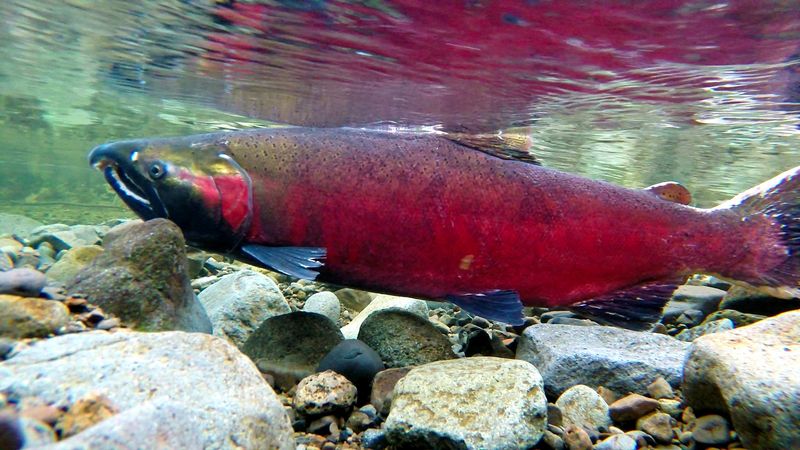
Coho Salmon are experiencing a resurgence along the Pacific coast, thanks to habitat restoration and stringent fishing regulations. Once on the brink, they are now thriving in rivers and streams.
Their silver bodies shimmer as they navigate through waters, a sight that brings joy to conservationists.
The efforts to protect spawning grounds and enhance water quality have paid off, leading to a promising future. Their comeback serves as an inspiration for ongoing conservation work.
American Shad
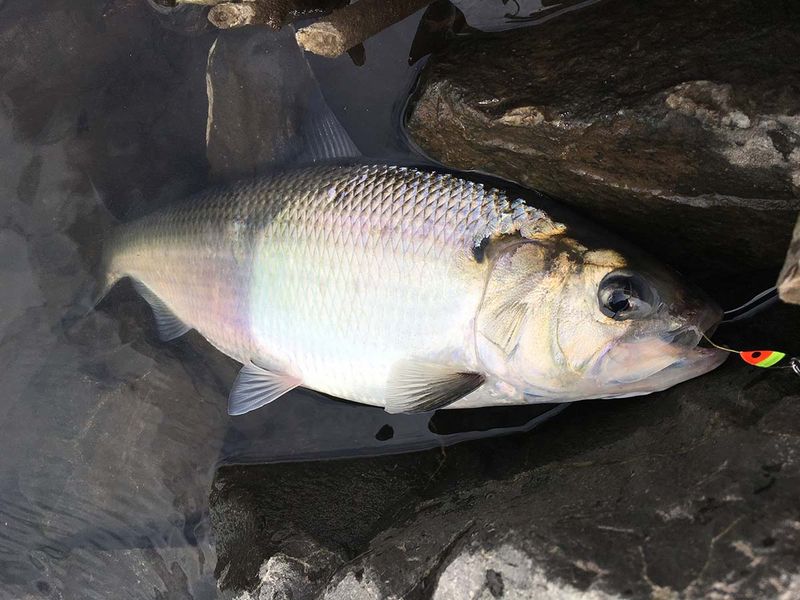
American Shad, historically significant as a food source, are bouncing back in rivers along the East Coast. Restoration of spawning habitats and fish passage improvements have been pivotal.
These shimmering fish are now seen migrating in larger numbers, a triumph for environmentalists.
Efforts to reduce pollution and monitor fishing practices continue to support their resurgence, ensuring future generations witness their beauty. The return of the American Shad symbolizes harmonious ecological balance.
Lake Trout
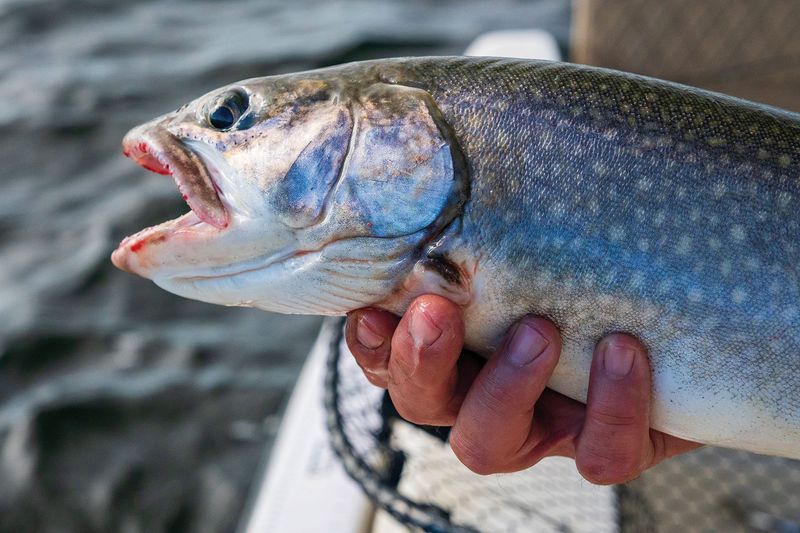
Lake Trout populations are recovering in the Great Lakes, thanks to pollution control measures and stocking programs. Once endangered, they are now flourishing in these expansive waters.
The clear, cold lakes provide an ideal habitat for these predatory fish, which are essential for maintaining ecological balance.
Anglers delight in their return, as they offer both a challenging catch and a glimpse into healthy aquatic ecosystems.
Red Drum
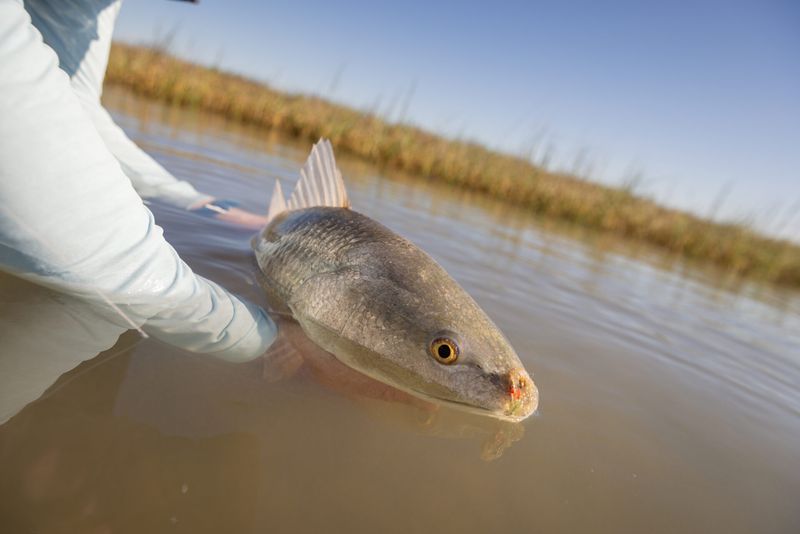
Red Drum, known for their distinctive black spot, are making a comeback in coastal waters of the Southeast. Conservation measures, such as catch limits and habitat protection, have aided their recovery.
These fish are popular among anglers for their fighting spirit and delicious taste.
Their increased presence in estuaries and bays signals a healthier marine environment, benefiting both wildlife and humans. The resurgence of Red Drum is a conservation success story.
Striped Bass
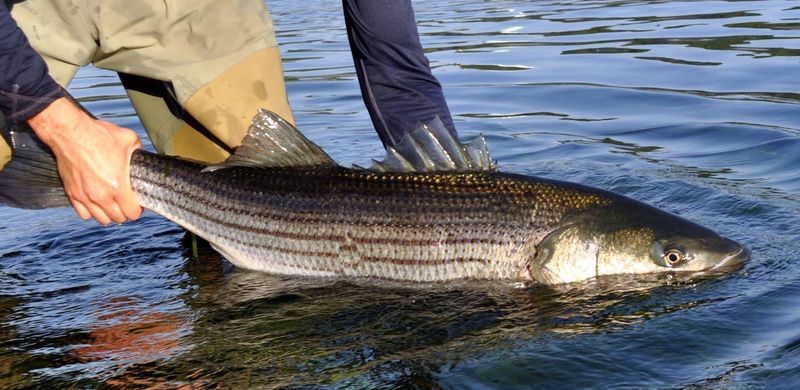
Striped Bass, a favorite among sport fishers, are rebounding in numbers along the Atlantic coast. Restoration of spawning areas and careful management of fisheries have been key.
Their presence in estuaries and rivers is a positive indicator of ecosystem health.
As their populations rise, they continue to draw anglers seeking excitement and a connection with nature. Striped Bass are a testament to successful conservation strategies.
Sockeye Salmon
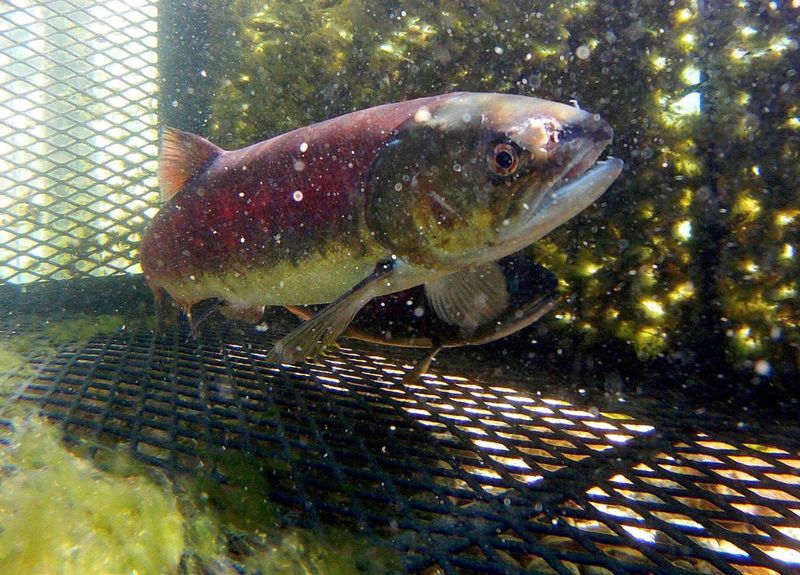
Sockeye Salmon are returning in significant numbers to rivers in the Pacific Northwest, thanks to habitat restoration and conservation efforts.
These vibrant red fish are known for their long migrations and are an essential part of the region’s ecosystem.
Their resurgence brings hope and happiness to local communities, who celebrate their return with festivals and fishing events. The Sockeye’s comeback is a bright spot in conservation.
Steelhead Trout
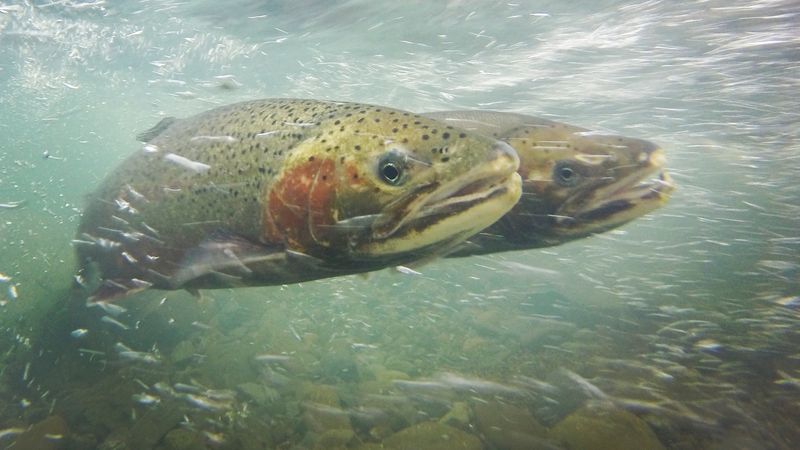
Steelhead Trout populations are on the rise in the Pacific Northwest, aided by dam removal and habitat improvement projects. These fish are known for their incredible strength and agility.
Their return to rivers and streams is a positive sign for biodiversity and water quality.
As they thrive, they continue to inspire conservationists and draw anglers from afar, eager to experience their power firsthand. The Steelhead Trout is a symbol of nature’s resilience.
Blueback Herring
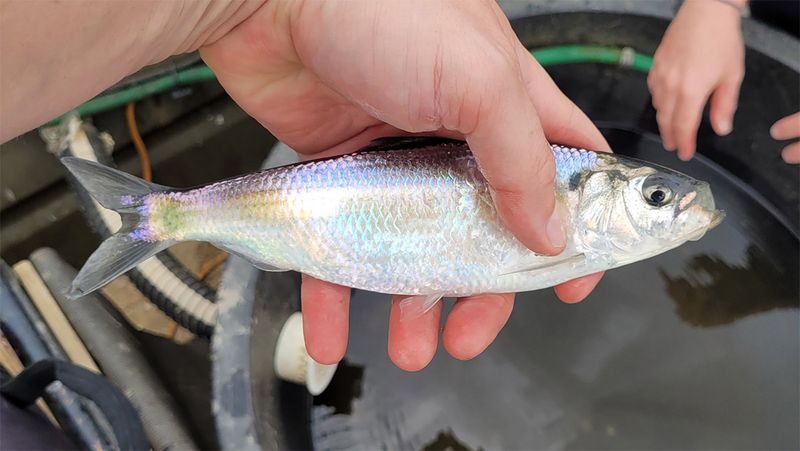
Blueback Herring populations are increasing in rivers along the eastern seaboard, thanks to efforts to improve water quality and remove barriers to migration.
These small, silvery fish play a crucial role in the aquatic food web, supporting larger predators.
Their comeback is celebrated by environmentalists who value their ecological importance. As they return in greater numbers, Blueback Herring highlight the success of habitat restoration initiatives.
Pacific Lamprey
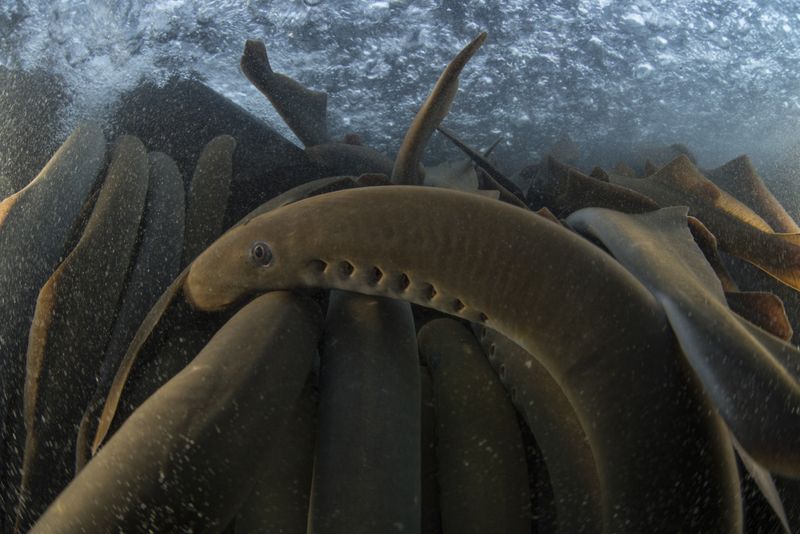
Pacific Lamprey are experiencing a resurgence in rivers of the Pacific Northwest, aided by habitat restoration and improved passageways. These ancient fish have a unique, eel-like appearance.
Their return is vital for maintaining biodiversity and supporting other species in the ecosystem.
Conservationists are thrilled to see their numbers increase, recognizing their significance in the natural world. The Pacific Lamprey’s revival is a testament to effective ecological management.
Sturgeon
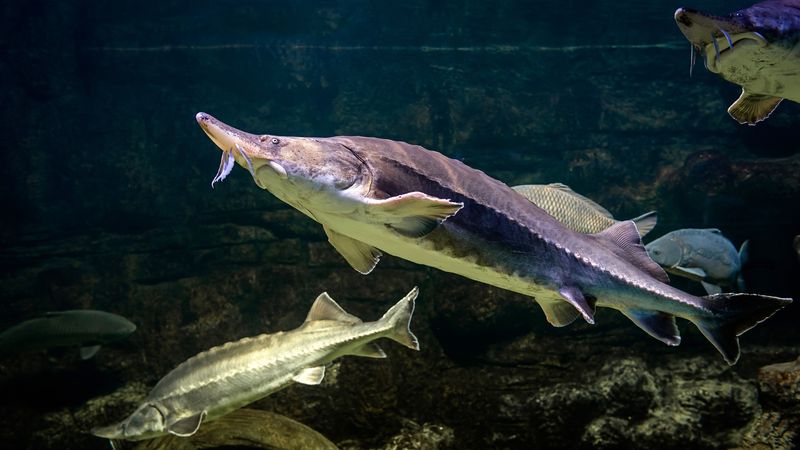
Sturgeon, with their prehistoric appearance, are making a comeback in several American rivers. Conservation programs and habitat protection have played crucial roles in their recovery.
These long-lived fish are valued for their role in the ecosystem and their cultural significance.
As their numbers grow, they offer a glimpse into a healthier, more balanced aquatic environment. The return of the Sturgeon is a cause for celebration among conservationists and communities alike.
American Eel
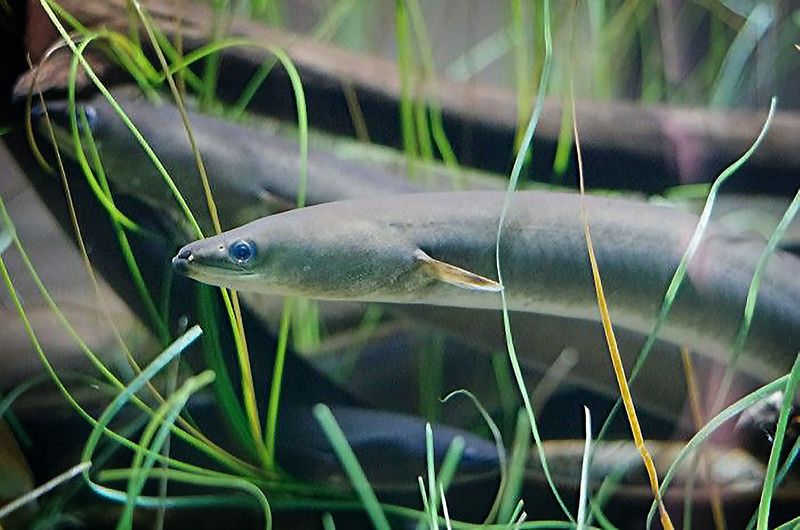
American Eel populations are increasing along the Atlantic coast, thanks to improved water quality and migration pathways. These mysterious, snake-like fish have captivated the interest of scientists and anglers.
Their resurgence is important for maintaining the balance of aquatic ecosystems where they reside.
As they return in greater numbers, they continue to intrigue and inspire further conservation efforts. The American Eel’s comeback is a success story of ecological restoration.
Gulf Sturgeon
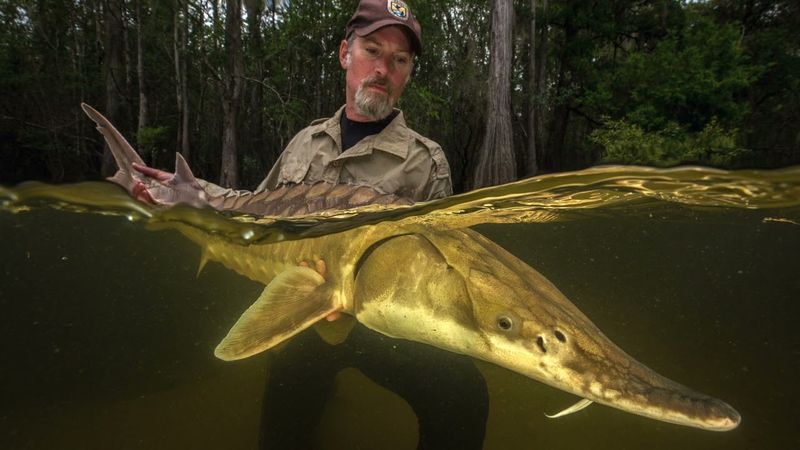
Gulf Sturgeon are returning to rivers in the Southeast, aided by conservation efforts focused on habitat protection and pollution reduction.
These large, ancient fish are known for their leaping behavior, which delights observers and indicates a healthy environment.
Their recovery is celebrated as a victory for conservationists and a sign of hope for other endangered species. The Gulf Sturgeon’s return is a milestone in ecological preservation.
Brook Trout
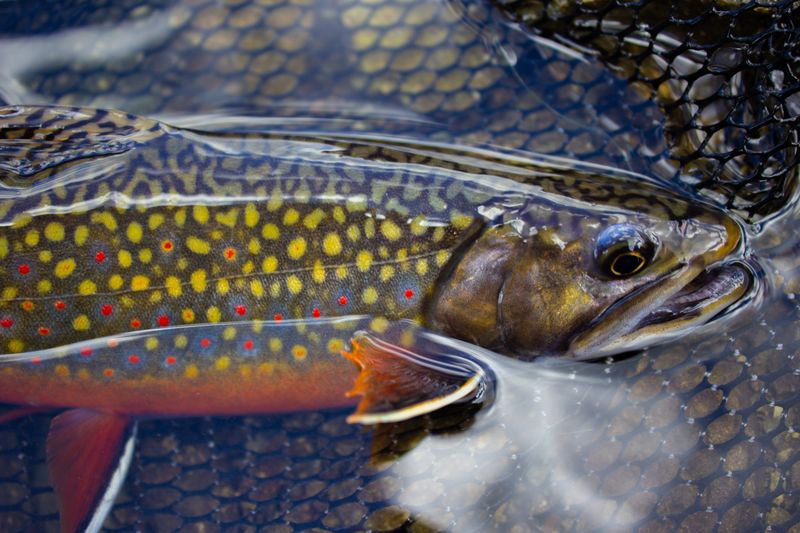
Brook Trout are experiencing a resurgence in cold, clean streams across the Appalachian region. Efforts to improve water quality and protect habitats have been pivotal in their recovery.
These colorful fish are beloved by anglers and ecologists alike, representing pristine wilderness.
Their comeback is a positive indicator of environmental health and a source of pride for conservationists. The Brook Trout’s return is a bright spot in freshwater restoration.
Chinook Salmon
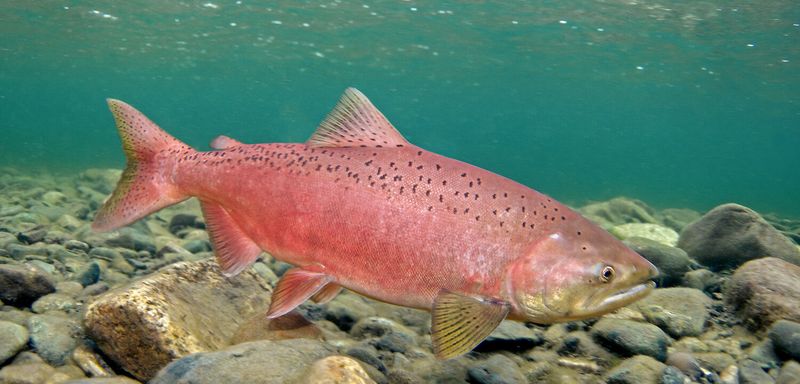
Chinook Salmon are making a notable comeback in rivers of the Pacific Northwest, thanks to concerted conservation and habitat restoration efforts.
These large, powerful fish are essential for the cultural and ecological fabric of the region.
Their return is a cause for celebration and a beacon of hope for the future. The Chinook Salmon’s resurgence symbolizes the success of environmental recovery strategies.
Walleye
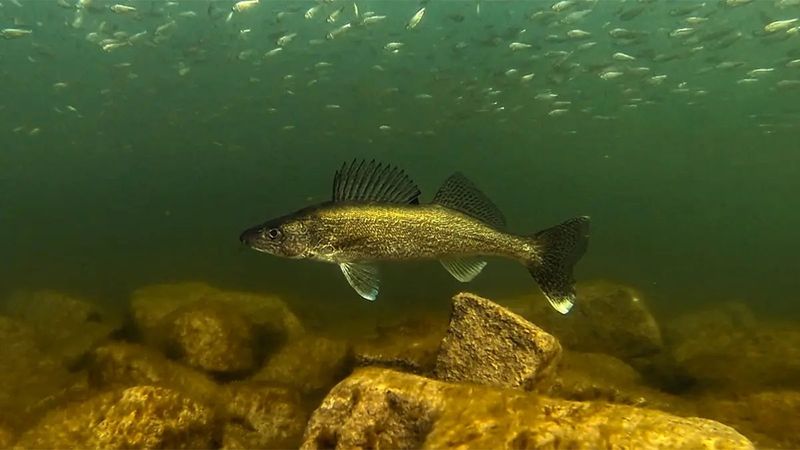
Walleye populations are rebounding in lakes and rivers across the Midwest, aided by stocking efforts and habitat enhancements.
These fish are popular among anglers for their delicious taste and challenging catch.
Their resurgence is a testament to the effectiveness of fisheries management and habitat restoration. As Walleye numbers grow, they contribute to healthier aquatic ecosystems, benefiting both wildlife and local communities. The Walleye’s comeback is a celebration of successful conservation.

